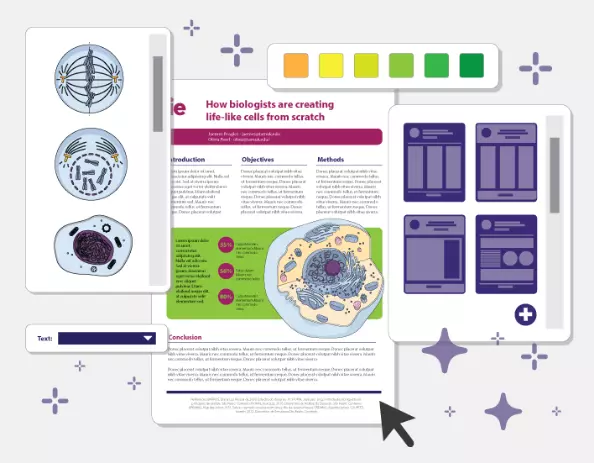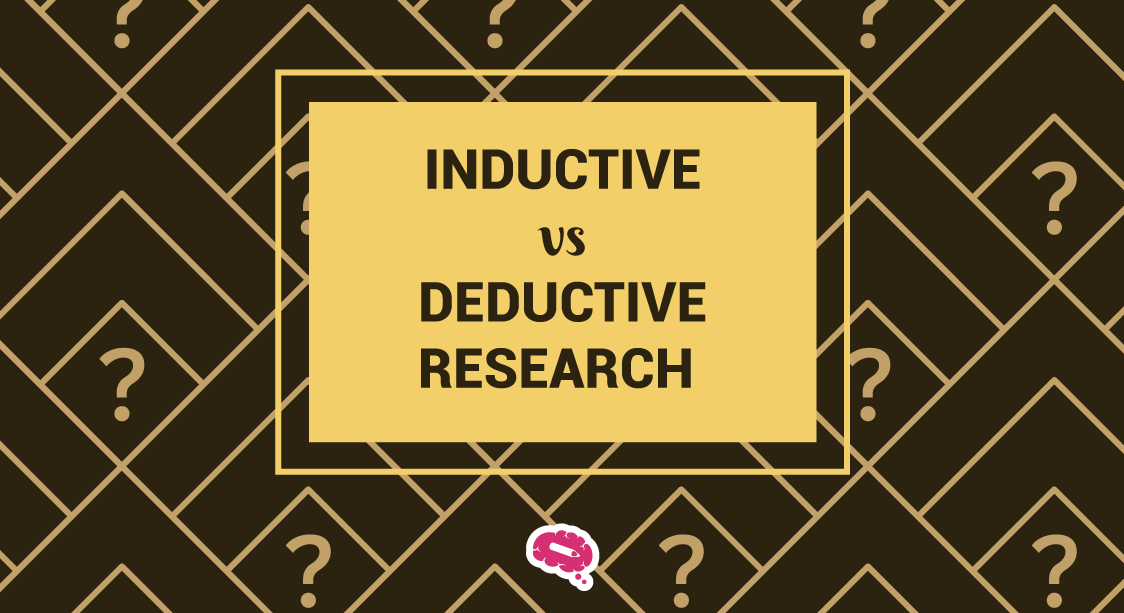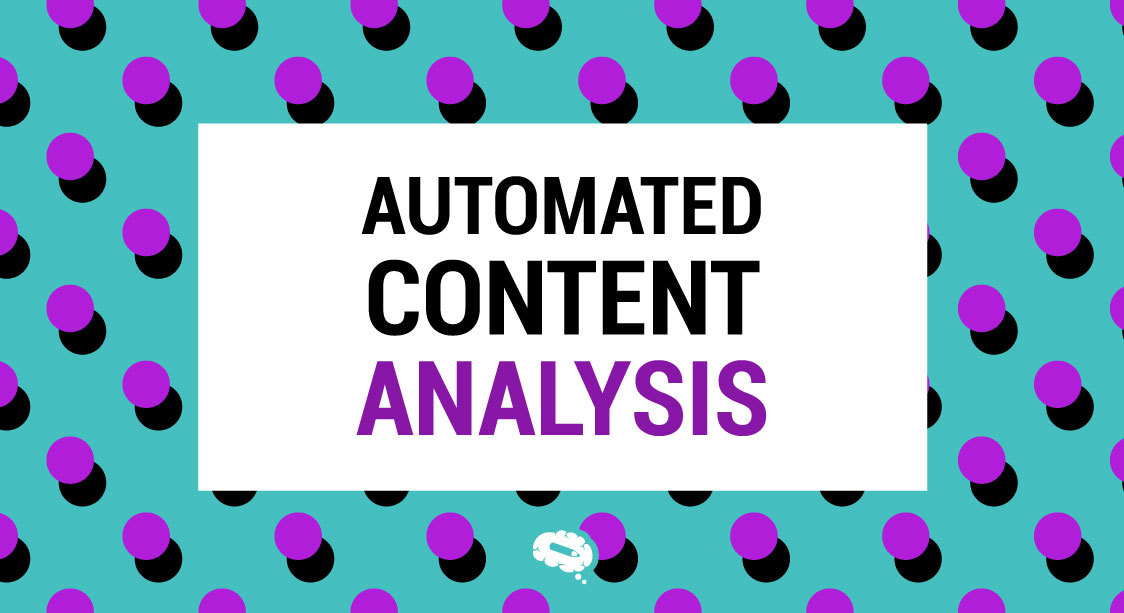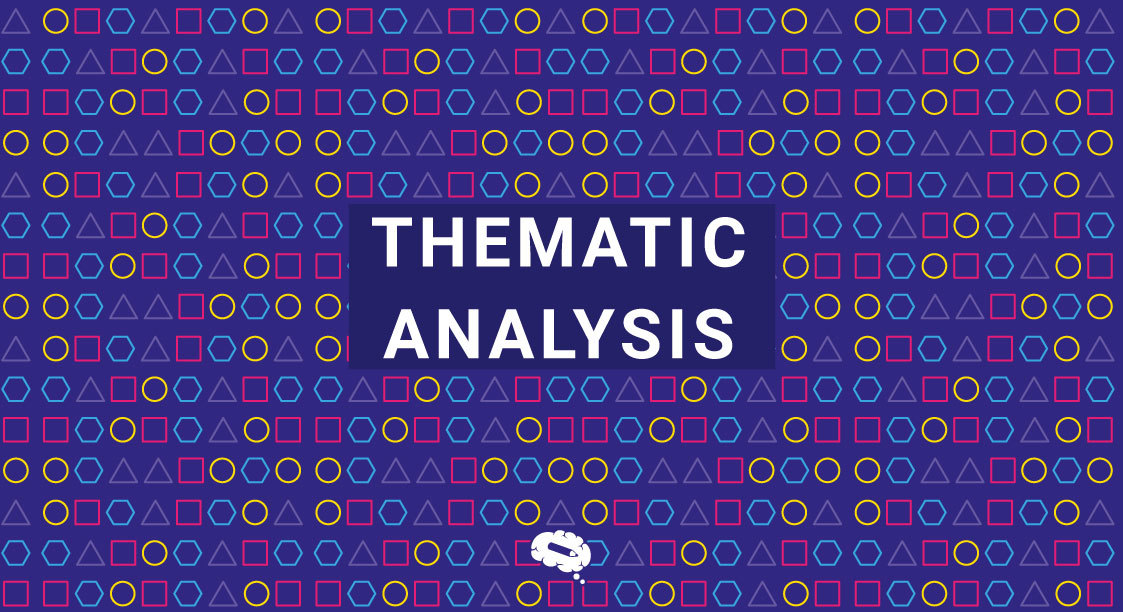Creating meaningful insights from qualitative data requires understanding and analyzing it. Researchers can explore and interpret textual data in different ways with content analysis and thematic analysis. Their approaches and analytical methods differ, but they both aim to uncover patterns and themes within qualitative data.
We will explore the key characteristics, methodologies, and applications of content analysis and thematic analysis in this blog post. Researchers can enhance the quality and validity of their findings by comparing and contrasting these two analytical approaches, ultimately making informed decisions based on similarities and differences between the two.
Overview of Content Analysis vs Thematic Analysis
The content analysis of a dataset involves systematically and quantitatively analyzing its content. Researchers can use it to quantify and analyze the occurrence and distribution of specific categories, concepts, and codes found in a text. The approach is particularly useful when establishing relationships between variables and studying large amounts of data.
On the other hand, thematic analysis focuses on identifying recurring themes and patterns within the data, it is more flexible and interpretive. Participants’ experiences, perspectives, and narratives are intricately examined, allowing researchers to comprehend the magnitude and diversity of their perspectives.
Content Analysis
Providing valuable insight into communication patterns, social trends, and how specific topics are portrayed in media, content analysis is a versatile tool used across a wide range of academic disciplines. A key objective of this type of research is to identify patterns, themes, and underlying meanings in documents, media, or other sources. To organize and quantify the content, researchers use specific coding schemes and categories, enabling the measurement of a variety of variables and the exploration of their relationships.
The purpose of content analysis
Analyzing content for patterns, themes, and relationships is the primary goal of content analysis. Researchers are able to gain a comprehensive understanding and interpretation of the data by using systematic and objective insights. With content analysis, key concepts, frequency of occurrences, and shifts over time are identified by rigorous coding and categorization techniques. Using this method, researchers can determine dominant narratives, identify media representations, or examine societal discourse. At the end of the day, content analysis seeks to enhance knowledge and generate valuable findings contributing to academic, social, or practical knowledge.
When to Use Content Analysis
There are numerous scenarios in which content analysis can prove useful. This method is particularly useful when dealing with large quantities of textual, audio, and visual content because it provides a systematic and structured method of analyzing and interpreting it. Media studies use content analysis to analyze how specific topics or events are portrayed, marketing studies use content analysis to analyze customer feedback and social media content, and social sciences use content analysis to analyze patterns and themes in interviews, surveys, and documents. The analysis of textual data also plays an important role in historical research, political science, and many other fields.
Thematic Analysis
A thematic analysis provides rich insight into the beliefs, attitudes, and behaviors of participants by capturing their underlying experiences, perspectives, and narratives. The process involves categorizing and coding data in order to uncover recurring themes, concepts, and ideas. Various fields, such as psychology, sociology, and education, can benefit from its flexibility and depth.
The Purpose of Thematic Analysis
A thematic analysis uncovers and explains the underlying patterns, themes, and meanings of qualitative data. In order to gain a deeper understanding of participant experiences, perspectives, and narratives, this study aims to go beyond surface-level content. A thematic analysis allows researchers to discover common threads and recurring themes in data sets. A nuanced understanding of phenomena under investigation can be gained by extracting and analyzing these themes, allowing rich and contextually grounded insight to be garnered. Analyzing qualitative data thematically is intended to enhance understanding and knowledge in a particular field by providing an in-depth examination of the data.
When to Use Thematic Analysis
Various situations can be addressed with thematic analysis as a qualitative research method. Researchers can use it particularly when they are exploring and understanding the experiences, perspectives, and meanings of individuals or groups. Studies in which patterns, themes, and narratives are uncovered and interpreted within textual data benefit from thematic analysis. Psychological, sociological, anthropological, and educational disciplines commonly use this method. When gaining in-depth insight into participant experiences, exploring cultural or social phenomena, exploring diverse perspectives, or generating rich descriptions of a particular phenomenon, researchers use a thematic analysis.
Differences between Content and Thematic Analysis
| Content Analysis | Thematic Analysis | |
|---|---|---|
| Aims and Purpose | In this approach, specific elements or codes within the data are categorized and quantified systematically and quantitatively. Analysis of the distribution and occurrence of these components is the primary aim. | In this approach, recurring themes, patterns, and meanings are identified and analyzed within the data using an interpretive and qualitative approach. Participants’ experiences and perspectives are emphasized in order to gain a deeper understanding of them. |
| Data Analyzed | Utilizes predefined categories and coding schemes to quantify and analyze data through systematic coding and categorization. | Coded and analyzed iteratively, allowing for an in-depth exploration of participants’ perspectives. The process is more flexible and iterative than other approaches. |
| Focus of the researcher | Analysis of the content itself and relationships between variables are key components of this research method, which is often conducted using larger samples and a broader scope. | In this method, the data is explored and interpreted along with a more specific research question or theme. |
| Interpretation quality | A more objective approach emphasizes quantifiable data and less interpretive reasoning. | In order to uncover the nuanced meanings and subjective experiences underlying the data, it involves a higher level of interpretation and subjective analysis. |
Both content analysis and thematic analysis are useful qualitative research techniques, but they have different approaches, analytical techniques, and objectives. Based on the study’s objectives, data characteristics, and research questions, the two methods can be selected.
Similarities between Content and Thematic Analysis
Thematic analysis and content analysis both have distinct objectives and techniques, but despite these differences, they both aim to extract insights from qualitative data.
- Data Analysis Techniques: Both content analysis and thematic analysis are qualitative data analysis techniques. Patterns, themes, and meanings are discovered by analyzing and interpreting textual data.
- Systematic Approach: To analyze data, both methodologies require systematic and structured approaches. For data analysis and interpretation, researchers must establish a clear coding scheme or categorization scheme.
- Reduction of Data: Content analysis and thematic analysis both involve reducing large quantities of data to meaningful categories. Researchers can use this approach to extract key information from the data and identify significant patterns.
- A deeper understanding of the context: Each methodology aims to better understand the context of the data. A major focus of these studies is to examine how factors such as culture, history, and social factors can influence the interpretation and analysis of the data.
- Analyzing and Interpreting the Data: In both methodologies, the goal is to interpret the data and draw meaningful conclusions. In order to gain a deeper understanding of the phenomenon, they seek to uncover underlying themes, concepts, or codes.
Example of Content and Thematic Analysis
The best way to understand content analysis vs thematic analysis is to see how they can be applied in a research setting.
Content Analysis Example
Scientists may be interested in researching genetically modified organisms (GMOs). To investigate GMOs, they assemble a large dataset that includes scientific articles, online forums, and social media posts. A coding scheme is created, encompassing categories such as positive or negative opinions about GMOs, concerns raised, and sources cited. An analysis of the data is conducted by the scientist, who quantifies the frequency of sentiment types and identifies the major concerns or arguments regarding GMOs. Content analysis provides valuable insights into public perceptions of GMOs, concerns, and influences. The findings can be used for future public engagement and scientific communication strategies.
Thematic Analysis Example
Researchers are conducting qualitative studies on chronic pain patients’ experiences. By conducting in-depth interviews with the participants, the researcher gathers rich narratives and personal accounts. Using a thematic analysis of interview transcripts, the researcher meticulously reads through each transcript multiple times, identifying key experiences, emotions, and coping mechanisms. The researcher uncovers recurring themes, such as pain management strategies, emotional struggles, and support systems, by organizing and analyzing these codes. The thematic analysis provides insights for further research and potential interventions into the multifaceted aspects of chronic pain.
Increase Your Work’s Impact And Make It More Significant
Illustrations can enhance thematic analysis by adding depth and clarity to participants’ experiences by visualizing themes. Information is easier to comprehend and learn when it is presented visually. We enhance the communication of your scientific findings through carefully designed visual representations. With Mind the Graph, you can enhance your analysis effectively, making it more accessible to a wider audience.

Subscribe to our newsletter
Exclusive high quality content about effective visual
communication in science.





